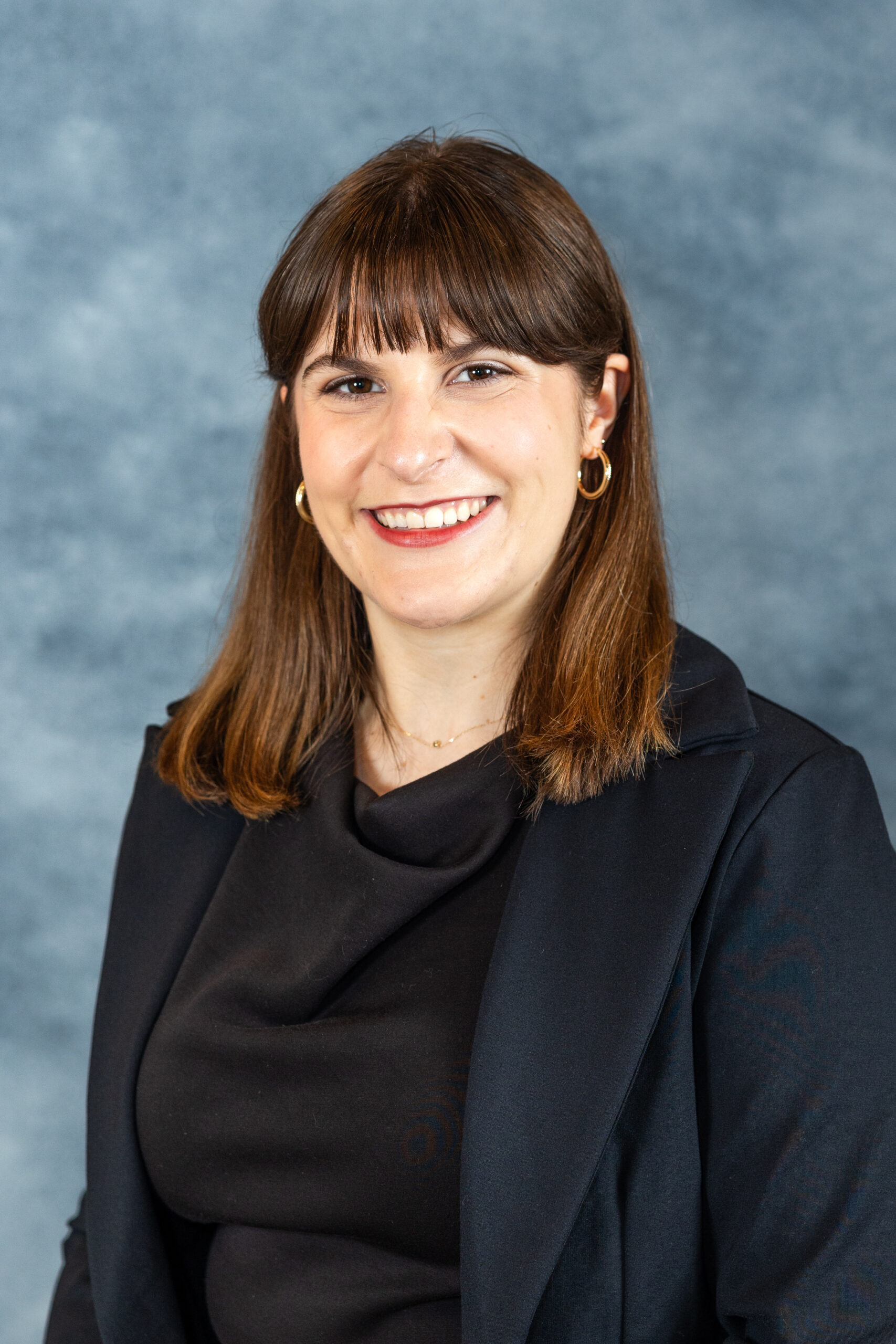Oral healthcare is crucial to our overall health. It’s a basic need for children in North Carolina. But access is not guaranteed.
Currently in North Carolina 1 in 5 kindergarteners have untreated tooth decay and urgent dental needs. These outcomes vary by race, ethnicity, and geography. And the disparities that we see in North Carolina, exacerbated in rural and minority communities, demonstrate the barriers that exist to accessing oral health care.
There are plenty of metrics showing that our children’s oral health in North Carolina needs work. But the data can only tell us so much. Because behind every statistic is a story. That is why NC Child conducted a listening tour in 2024 to complement the data with perspectives from communities experiencing inadequate oral healthcare.
These conversations helped NC Child gain an understanding of the various health and social factors that influence children’s oral health outcomes. Through a series of focus groups in 20 North Carolina counties we heard directly from providers, parents, and community members about how the issues impact their lives, the resources that are available, promising local practices, and how to best improve access and the quality of oral healthcare in their towns.
First, focus groups touched on the current state of oral health care in North Carolina, finding that:
- Oral health is cost prohibitive; if a family cannot afford to go to the dentist or does not have dental insurance, they simply don’t go.
- They are more likely to wait until there is a dental emergency rather than seek out preventative care due to cost.
- Participants noted that since their parents made sure they went to the dentist regularly and practiced good oral hygiene as children, they were more likely to do so as adults.
- The inverse also applies to this generational influence; if parents did not go to the dentist and did not take their children, participants discussed delaying seeking out oral healthcare until they were older or were experiencing oral pain or discomfort.
- There is a lack of providers throughout the state, especially for Medicaid populations and for children with special healthcare needs.
- School-based oral health services provide increased access to underserved children.
- Providing dental services and screenings in schools can be one of the most effective ways of catching and treating decay early and improving oral health outcomes for children.
- These services, some provided at little to no cost, increase access for uninsured children or for families with Medicaid coverage who are unable to find providers.
Accessing primary care is more likely to be prioritized over oral health.
- Participants reported that, either for themselves or for families in the community, accessing primary care is “certainly more common than the dentist…I think that it’s definitely much more available and much more prioritized,” according to a Buncombe County resident.
- Oral health was often referred to as a “luxury” or “add on” by participants. The separation of primary health coverage and dental coverage can reinforce this perception.
- Long wait times at dental offices lead to more urgent care facilities or primary care providers seeing oral health related problems.
There are several barriers to accessing oral healthcare.
- No providers, no appointments: Several of our discussions around barriers to child oral health concerned a lack of providers.
- Issues ranged from simply too few providers in counties to extensive waiting periods for available appointments.
- Many dentists simply do not accept new patients. Especially in rural areas, there are virtually no providers that focus on pediatric dentistry or accept patients with special healthcare needs.
- With the expansion of Medicaid in North Carolina, there are many more patients eligible for care under Medicaid. However, the number of oral health providers accepting Medicaid has not caught up with the demand, participants citing reasons like the low reimbursement rate for dentists accepting Medicaid and a stigma around patients on Medicaid.
- Focus group participants also cited the cost prohibitive nature of oral health care as a common barrier to access care for their children. Families do not seek out preventative oral health care if they do not have insurance coverage, instead waiting until oral pain or discomfort cannot be ignored.
- Other barriers like parental knowledge gaps, transportation, lack of trust with providers, and social determinants of health affected people’s ability to seek out oral health care.
Despite the state of oral healthcare and the barriers to access in North Carolina, there are some ways to improve oral health outcomes for children.
- Expanding access to school-based oral health programs like mobile dental units serves to meet children where they are and remove barriers for parents.
- These programs are often offered at little to no cost for parents and allow their children to be seen by an oral health provider during the school day.
- Increasing the Medicaid reimbursement rates for dental services will also incentivize providers to accept more Medicaid patients. As it currently stands, providers are not able to sustain their business on Medicaid patients alone due to the low reimbursement rates in comparison to that of private dental insurances.
By hearing directly from communities, NC Child was able to put a face on the data so we can understand the true scope of oral health outcomes throughout North Carolina. We look forward to furthering that work to improve the lives of children and families in our state.
Read the full report here.

